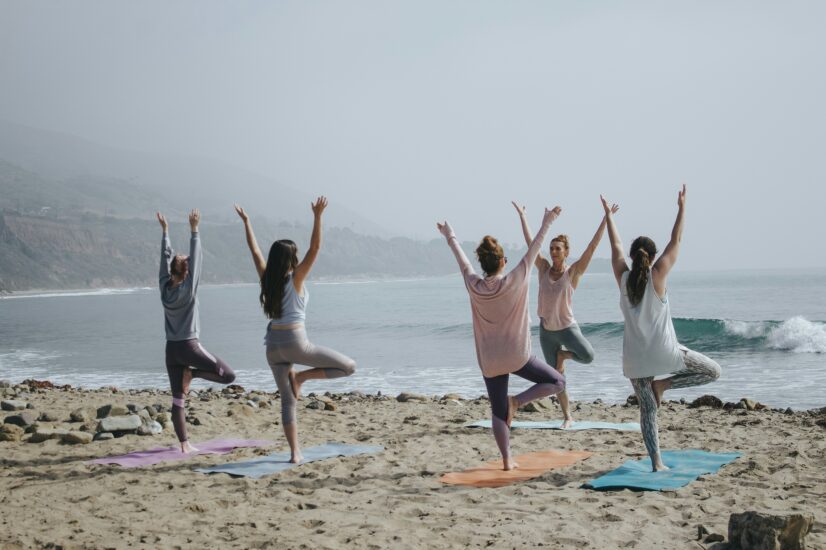
Posted April 18, 2024

Researchers have identified a promising biomarker, MTBR-tau243, that could transform the early detection of Alzheimer’s disease (AD). This biomarker, measured in the cerebrospinal fluid, detects the type of tau found in tangles that accumulate in the brain. Unlike the currently available phosphorylated tau markers, which are more sensitive to rising amyloid beta levels, MTBR-tau243 directly mirrors tau tangle pathology, offering a clearer picture of disease progression. The strong association of MTBR-tau243 with tau tangles and cognitive decline positions it as a prime candidate for diagnosing AD, tracking its advancement and evaluating tau-targeted therapies.
******************************
As Alzheimer’s disease (AD) unfolds, it is the spread of tau tangles, an event that happens years to decades after amyloid plaques accumulate in the brain, that more immediately precedes cognitive decline. Consequently, tau has become a focal point for emerging therapies aimed at halting AD’s advance. This focus requires tools that can track tau’s harmful spread and monitor the impact of drug interventions. While positron emission tomography (PET) imaging accurately detects tau tangles in the brain, its high cost and the need for specialized facilities limit its widespread, routine use. Fluid biomarkers are a more feasible option, but pinpointing those that accurately reflect tau levels in tangles has been difficult. However, after an extensive search, scientists have identified MTBR-tau243 as the first fluid biomarker that reliably tracks tau accumulation in the brain.
Tau proteins are a normal part of the internal support structure of brain cells. With AD, tau is chemically changed in a process called phosphorylation. While some phosphorylation is normal, in AD, tau becomes overly phosphorylated, causing it to forgo its structural responsibilities and, instead, stick to itself and form insoluble aggregates known as tau tangles.
Years before tau tangles form and AD symptoms manifest, amyloid beta begins to accumulate in the brain. Usually, amyloid beta is cleared out of the brain, where it is detectable in the blood and cerebrospinal fluid (CSF). However, when amyloid beta forms sticky plaques during AD, less of it is flushed out, and the amyloid beta concentration in biofluids decreases. Intriguingly, as more and more plaques form in the brain, the amount of phosphorylated tau (or p-tau) in biofluids increases. The level of p-tau continues to rise in parallel with amyloid plaque formation until the moment tau tangles form in the brain. At that point, p-tau levels in biofluids plateau and do not respond to the rising accumulation and spread of tau tangles. Thus, although seemingly counterintuitive, p-tau biomarkers provide information about amyloid plaques, not tau tangles. While amyloid beta and p-tau biomarkers continue to be instrumental in the early diagnosis of AD, there is a pressing need for a reliable fluid biomarker for tau tangles.
To pinpoint biomarkers that indicate the emergence and proliferation of tau tangles, researchers turned to the extensive patient data found in two AD cohorts. The cohorts included individuals representing a full range of disease stages and, with corresponding amyloid and tau PET imaging, providing a rich dataset for analysis. Within these groups, the biomarker MTBR-tau243 stood out after analyzing the data as it reliably mirrored the presence of tau tangles seen in PET scans while showing no association with amyloid beta. This finding is particularly significant considering the strong link between tau accumulation and cognitive deterioration.
While MTBR-tau243 alone was a significant marker for tau pathology and cognitive decline, researchers found that its predictive power was enhanced when combined with another biomarker, p-tau205, in CSF. This combination approached the diagnostic accuracy of the more expensive PET scans.
These findings have the potential to advance diagnostic standards for AD. Currently, tau pathology is assessed through costly PET scans or by evaluating p-tau levels in CSF. The specificity of MTBR-tau243 for the presence and progression of tau tangles makes it a strong candidate for measuring tau pathology while being less expensive and more accessible than a PET scan. Discovering a tau biomarker that precisely traces tau pathology and predicts cognitive decline marks a significant advancement in AD diagnostic and monitoring tools.
Published in Nature Medicine:
CSF MTBR-tau243 is a specific biomarker of tau tangle pathology in Alzheimer’s disease
David M. Holtzman, M.D., Washington University School of Medicine in St. Louis
John C. Morris, M.D., Washington University School of Medicine in St. Louis
Rik Ossenkoppele, Ph.D., Amsterdam University Medical Centers, The Netherlands; Lund University, Sweden
Oskar Hansson, M.D., Ph.D., Lund University, Sweden
Randall J. Bateman, M.D., Washington University School of Medicine in St. Louis





